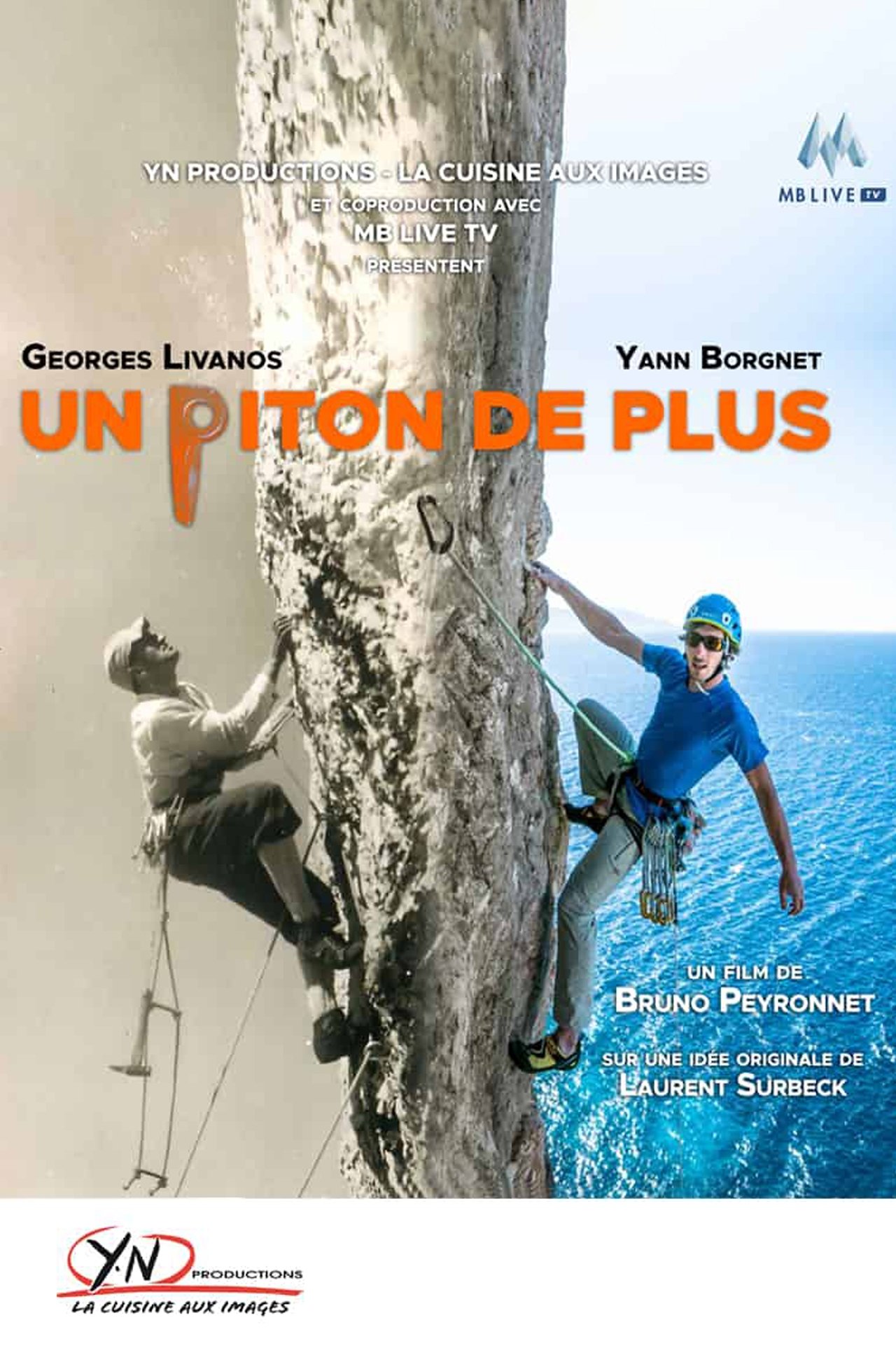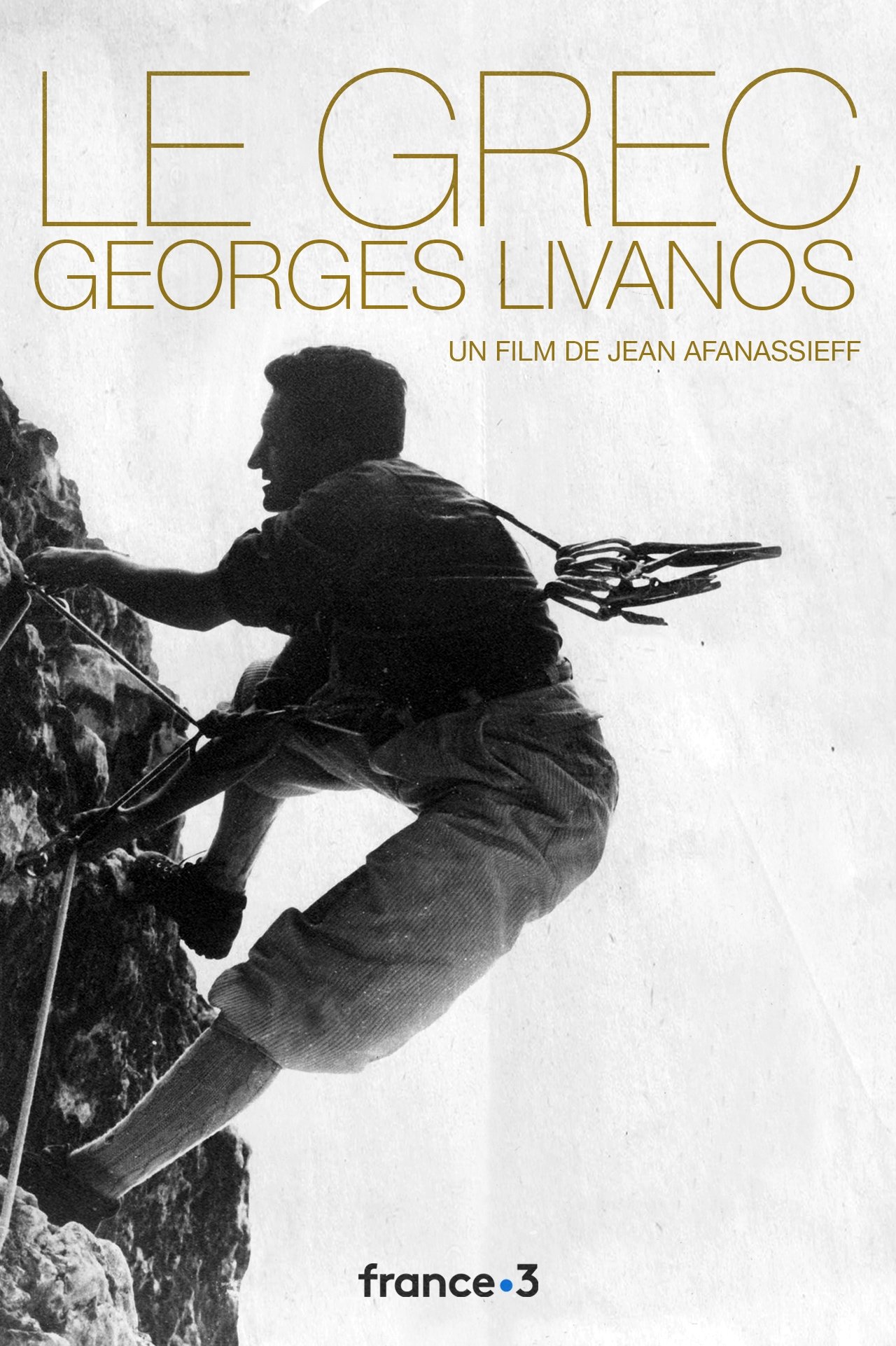

Georges Livanos. A name that hardly evokes anything, or not much, even in the heart of Chamonix, the Mecca of mountaineering. And yet, the one nicknamed “the Greek” in the 1950s, because of his paternal ancestry, was undoubtedly one of the most important French mountaineers of his time. High mountain guide, Yann Borgnet, is also passionate about the history of mountaineering. “The Greek” is one of the “old ones” who particularly marked him. Yann wants to follow in Georges’ footsteps. So the young guide imagines an alpine journey, designed to visit the great routes opened by Livanos. A dive into the heart of an immense vertical heritage, to meet a great, almost forgotten, figure of mountaineering and his heritage.


Paragot and Bérardini: two climbers who fill all climbing enthusiasts with admiration. In Fontainebleau, Saussois, the Alps, the Andes, the Himalayas, and all over the world, they have left their names attached to the most difficult routes and the most prestigious peaks. Here, they recount only the climbs they completed together: famous expeditions to Aconcagua and Huascarán, firsts in the Alps and the Dolomites. An unwavering friendship, comical and tragic adventures—this is what they share with us in the warm atmosphere of their memories. "La Cordée des Voyous" will be included in Jean Afanassieff's film "La Grande Cordée," which deals with post-war proletarian mountaineering.

Georges Livanos, nicknamed the Greek but pure child of Marseille, amateur mountaineer, opened more than 500 routes in the Calanques, 40 in the Dolomites, and repeated many of the greatest routes in the Alps in the company of the best climbers of his time, d friends, and especially his wife Sonia. He is also the author of the classic "Beyond the vertical". This report follows for a day the legend, still 71 years old, of his apartment in the Marseille city in the Calanques. As a true Provençal, he speaks without filter of the exploits that made him famous, gives his opinion on modern climbing and on life in general: the portrait of a great climber and above all of a fascinating character with a sense of humor sharp.
Georges Livanos, known as "Le Grec", born September 25, 1923 in Marseille and died in the same city on May 21, 2004, was a French mountaineer of Greek origin. After a childhood in Marseille, Georges Livanos discovered the high mountains in Chamonix in 1937 at the age of 14, as well as climbing in the creeks of Marseille. Most of his sporting career took place between 1941 and 1971, a period during which he opened some 500 routes in the creeks of Marseille, 40 in the Dolomites and around twenty in the Western Alps. It also repeats a number of major routes in these last two massifs. Georges and his wife, Sonia, collect an impressive series of firsts, female firsts and repeat firsts which have earned them the nickname "the most sestogrado couple in the world" (the sestogrado or sixth degree, representing the level of maximum difficulty in climbing up to in the late 1970s). In 1941, Georges Livanos made several notorious first ascents with Gaston Rebuffat, including the Centrale at Grande Candelle, “the longest 6th degree in the Calanques”. In 1945, enrolled in a mountain camp at Jeunesse et Montagne, he succeeded with his course director, Jean Franco, the 3rd ascent of the southern pillar of the Écrins in 4 hours. In the following years, Georges Livanos frequented the Mont-Blanc massif where he made, among other things, in 1946 the 5th ascent of the north face of the Aiguille des Grands Charmoz, in 1947 the 2nd ascent of the north face of the Dent du Shark4and in 1949 the 2nd ascent of the north face of the Aiguille de Leschaux. From 1950, he continued most of his alpine career in the Dolomites where he made many first ascents including the Cima Su Alto at the Civetta for which on his return to Marseille he received the Gold Medal for Sports.
By browsing this website, you accept our cookies policy.